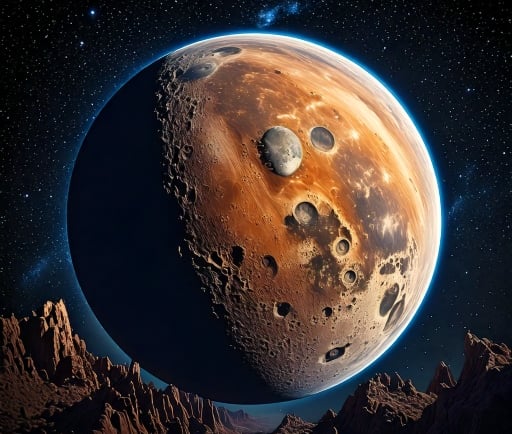Gaia-2 B: 682 Light Years Away from the Earth


Introduction to Gaia-2 B
Gaia-2 B is an exciting gas giant exoplanet that has garnered the attention of astronomers and space enthusiasts alike. Situated in orbit around a G-type star, this fascinating celestial body showcases unique characteristics worth exploring. With a mass of approximately 0.817 times that of Jupiter, Gaia-2 B presents an interesting subject of study in the field of exoplanet research.
The Orbital Mechanics of Gaia-2 B
One of the most notable features of Gaia-2 B is its rapid orbit around its host star. Completing a full revolution approximately every 3.7 days, this quick cycle highlights the dynamism of the exoplanet's environment. At a distance of 0.0467 AU from its star, Gaia-2 B maintains a close proximity, which contributes to its fascinating atmospheric dynamics and potential climate patterns. Scientists speculate that such tight orbits might result in extreme conditions, further fueling research into the possibilities for exoplanetary atmospheres.
Significance in Exoplanet Studies
Gaia-2 B's mass and orbit position it as a key player in current exoplanet studies, particularly in understanding the variations between gas giants and the formation theories surrounding them. The exoplanet is a prime example of how gas giants may form in close orbits and how this affects their evolution throughout their life cycle. The unique characteristics of Gaia-2 B warrant closer observations and may allow scientists to draw parallels with other known gas giants, leading to a deeper understanding of planetary formation.
In conclusion, Gaia-2 B is not only a notable gas giant exoplanet but also a critical subject for ongoing astronomical research. Its intriguing mass, rapid orbital period, and close distance to its G-type star present a variety of opportunities for enhanced planetary studies. Continued exploration of exoplanets like Gaia-2 B will shape our comprehension of the cosmos and our place within it, providing insight that could redefine our understanding of planetary science.
